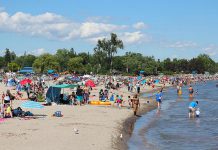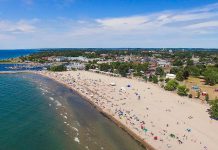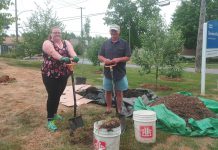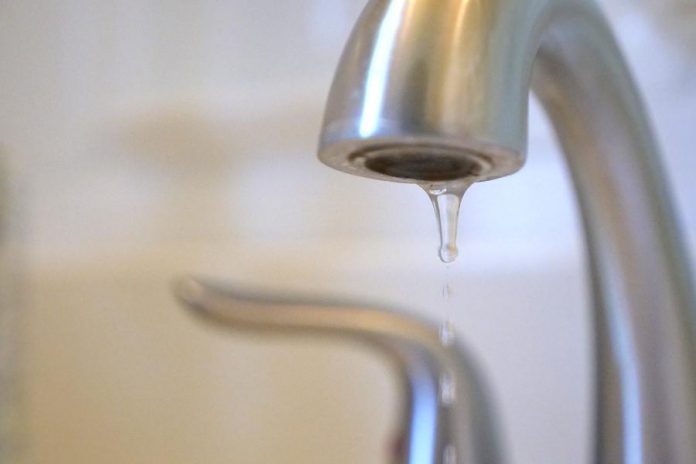
On July 7th, Otonabee Conservation declared a Level 2 Low Water Condition for the Otonabee region watershed due to a combination of high temperatures, low precipitation, and low surface water levels.
The declaration recommends that Peterborough area residents reduce their water use by 20 per cent.
This is the first part in a three-part series from GreenUP that will explore water infrastructure and conservation. We will learn more about which water conservation actions have positive benefits and what some of the best practices are in times of drought.
We are being asked to reduce our water use by almost a quarter, but what does this look like for the average family? And why is using the correct methods of water conservation important during this time?
“When our watershed experiences low water or drought conditions, everyone is affected, but especially those who rely on groundwater sources or wells,” says Dan Marinigh, Otonabee Conservation’s chief administrative officer. “If groundwater levels are low and flows are reduced in our waterways, then so is the amount of water for drinking, growing food, and supporting ecosystems.”
The average Ontario citizen uses about 225 litres of water each day. However, the average Peterborough City resident uses roughly 322 litres per day, through a combination of residential, industrial, and commercial water usage.
Things like drinking and cooking with water account for only about 10 per cent of this total. Almost half of our daily water use takes place in the bathroom.
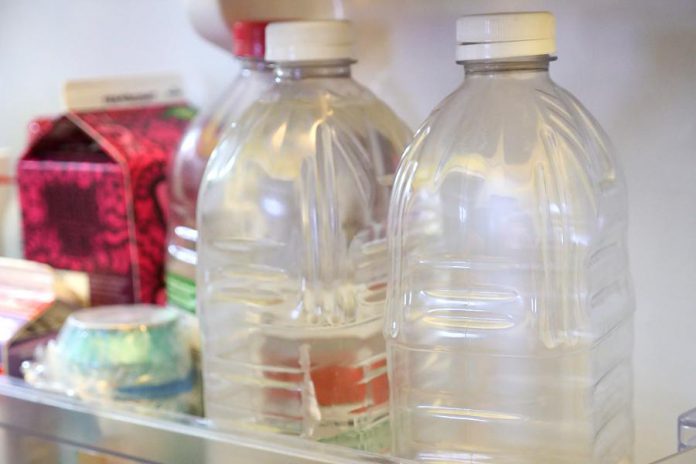
Before we decide where to reduce our water use, we need to understand how water moves from its source to our homes and beyond. Drinking water in the City of Peterborough comes from the Otonabee River, where it is returned after travelling through the city’s waste water treatment plant.
Outside of the city, many people rely on water drawn from underground sources through a well, and that water then returns to the ground through a septic system.
Should water levels within our waterways and aquatic ecosystems drop, so too will water quality, ecological health, and water availability. Similarly, water infrastructure suffers if an imbalance of water use occurs, whether that be too much water, or too little.
How do we reach the right balance for optimal health of ecosystems, infrastructure, and personal health, especially during the COVID-19 pandemic? Key ways to maintain this balance are staying hydrated, maintaining hygiene, minimizing overuse, keeping water clean, and returning water to its original source.
We understand that you may be drinking more water, and washing your hands, clothes, and produce more often. But there are still things we can do inside our homes to avoid unnecessary overuse. It is critical that we limit using water in ways that do not return it to its original source.
Here are six tips for conserving water inside your home.
1. Repair leaks
Leaky plumbing accounts for roughly 12 per cent of our water usage each day.
Fix that leaky faucet and, if your toilet handle sticks, adjust or replace it to prevent water from constantly leaking through your plumbing.
2. Take shorter showers
Showerheads can have a flow rate of up to 9.5 litres per minute.
By taking showers that are four to five minutes or less, you can limit your daily water usage in the shower to less than 50 litres.
Earn bonus water conservation points by turning off the water while soaping up.
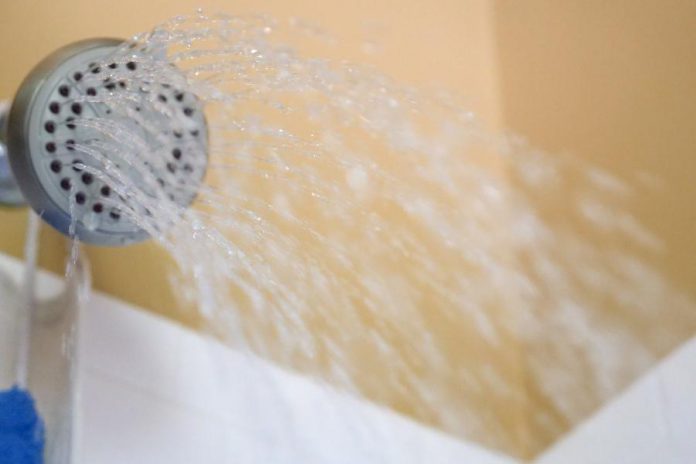
3. Turn off the tap when brushing your teeth, shaving, or washing your face
Your bathroom and kitchen sinks can have a maximum flow rate of 8.3 litres of water per minute.
Dental hygiene recommendations include brushing your teeth for two minutes, twice a day. Simply by turning off the tap while you brush, you can potentially save 33 litres of water per day.
4. Only flush the “3Ps” down the toilet.
The “3Ps” are pee, poop, and toilet paper.
Flushing anything other than the 3Ps can cause plumbing problems, sewage overflows (yuck!), and cost money to fix.
5. Install a low-flow toilet and add aerators to your taps
A low-flow toilet will reduce the amount of water used per flush. Aerators added to taps will reduce the flow rate when the tap is on, an easy way to reduce your daily water use.
If you are unable to install a new toilet, consider installing a tank bag in your toilet. These can save almost two litres of water every time you flush the toilet.
The average toilet flush uses 9.8 litres of water, and assuming that every person in your household will flush four times per day, a tank bag can reduce your water consumption by 7.5 litres of water per person per day.
6. Run your dishwasher and washing machine during off-peak hours

Only wash full loads of dishes or clothes, and do this between the hours of 7 p.m. and 7 a.m.
Use the cold water setting on your washer and hang dry your clothes outside to conserve even more energy.
With all of these suggestions in mind, you can conserve water where and when it counts!
Next week we will share insights and suggestions for reducing outdoor water use. In our final article, we will learn more about how water is treated prior to arriving to our homes and how to safely obtain water should your well be running low.
Share all of your suggestions and actions for water conservation with us on social media @ptbogreenup.
For more information about the Level 2 Low Water Condition, a link to the Otonabee Conservation Water Conservation Fact Sheet, and more information about the Low Water Response Program, visit www.otonabeeconservation.com.

















